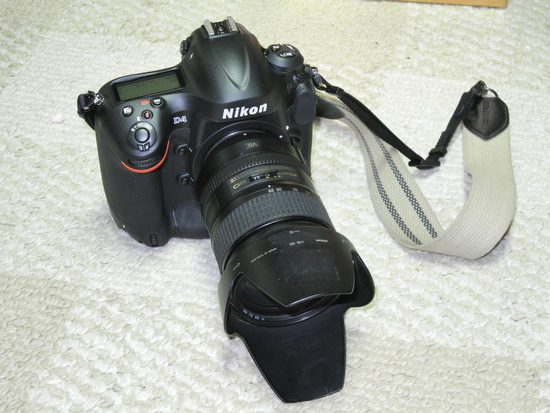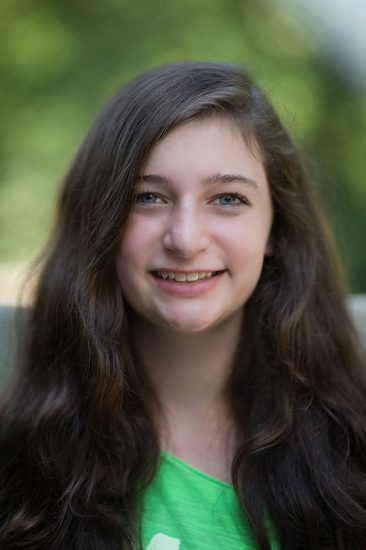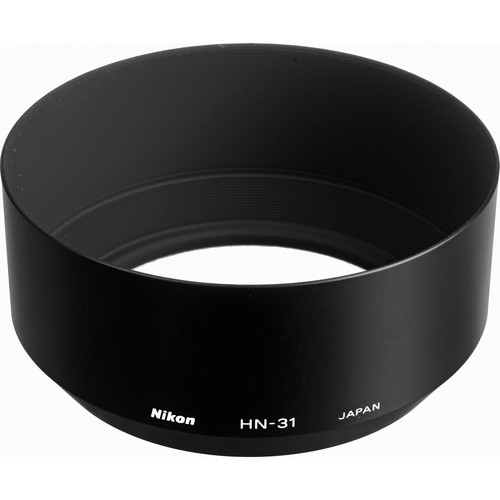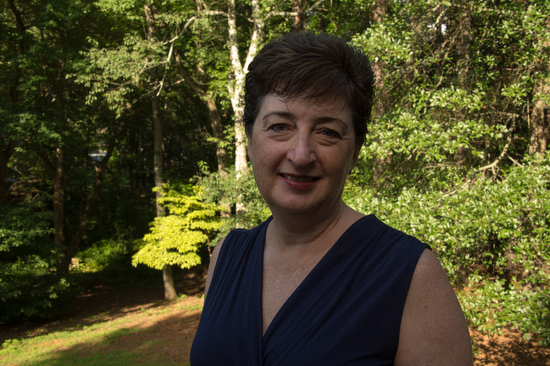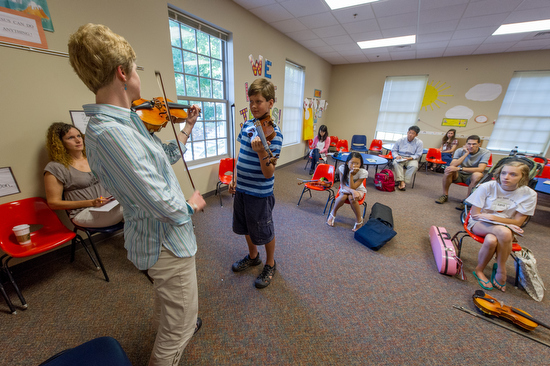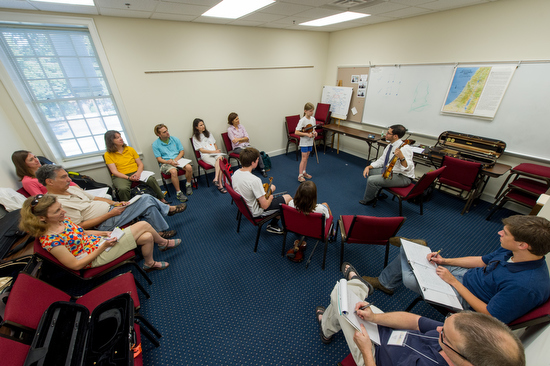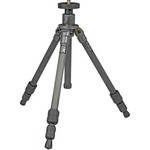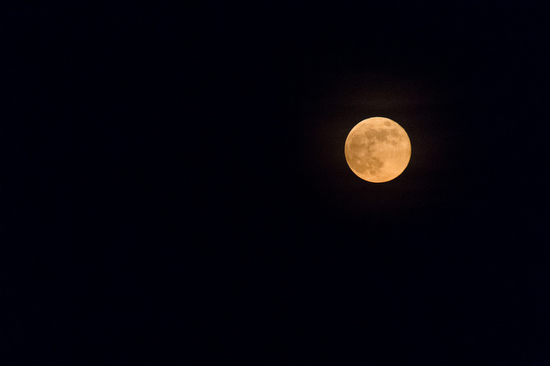 |
| Nikon P7000, ISO 100, ƒ/8, 1/220 using manual focus as close as the camera will focus in macro. |
 |
| Nikon P7000, ISO 100, ƒ/5, 1/250 |
The reason I chose to shoot the macro shots on my Nikon P7000 over the Nikon D4 with a 60mm ƒ/2.8 lens is I like shooting at the lowest ISO and fastest shutter speed possible. The problem when shooting with the larger full framed FX format of the Nikon D4 is the lens is further away from the sensor. The farther it is from the sensor means the depth-of-field changes to make what is in focus at ƒ/8 not the same.
The ƒ/5 on my smaller sensor on the Nikon P7000 is more like ƒ/11 on the 60mm macro lens on the Nikon D4. But I can hand hold the Nikon P7000 where shooting at ISO I would have to shoot at such a slow shutter speed to get a similar photo I run the risk of camera shake.
 |
| Nikon P7000, ISO 100, ƒ/5, 1/200 |
Jan 28, 2008Nothing can sharpen your understanding about the nuances of photography more than macro photography. This is where you photograph objects extremely close, where the image projected on the “film plane” (i.e., film or a …Aug 21, 2011Pick a macro lens or use your point and shoot on the macro (flower) setting. Set the lens to the closest focus setting. Set the f/stop on f/8 or greater. Very important if using a macro lens on DSLR; Get as close as you can without …Nov 08, 2011If this is your normal lens of choice try something different like a macro or extreme telephoto. It is forcing you to look at the world differently than you are doing now. Change your routine. If you eat your breakfast always in the …Jan 27, 20112) Distance to subject. The closer you get to a subject the shallower the depth-of-field when the ƒ-stop stays the same. In macro photography for example when you get as close as 1:1 ratio you often have to be at a ƒ -stop at a …
What I recommend with macro work is shooting with higher apertures to get the object enough in focus in the depth-of-field that you can see something is sharp. Too shallow a depth-of-field and it will look like you missed your focus.
If you need to use a small flash off camera with a cord to get the flash right over the object. If you shoot with on camera flash the flash will not even land on the object because it is so close to the lens.
Try photographing as close as you can with a variety of objects. See if you can get some photos that have impact.

